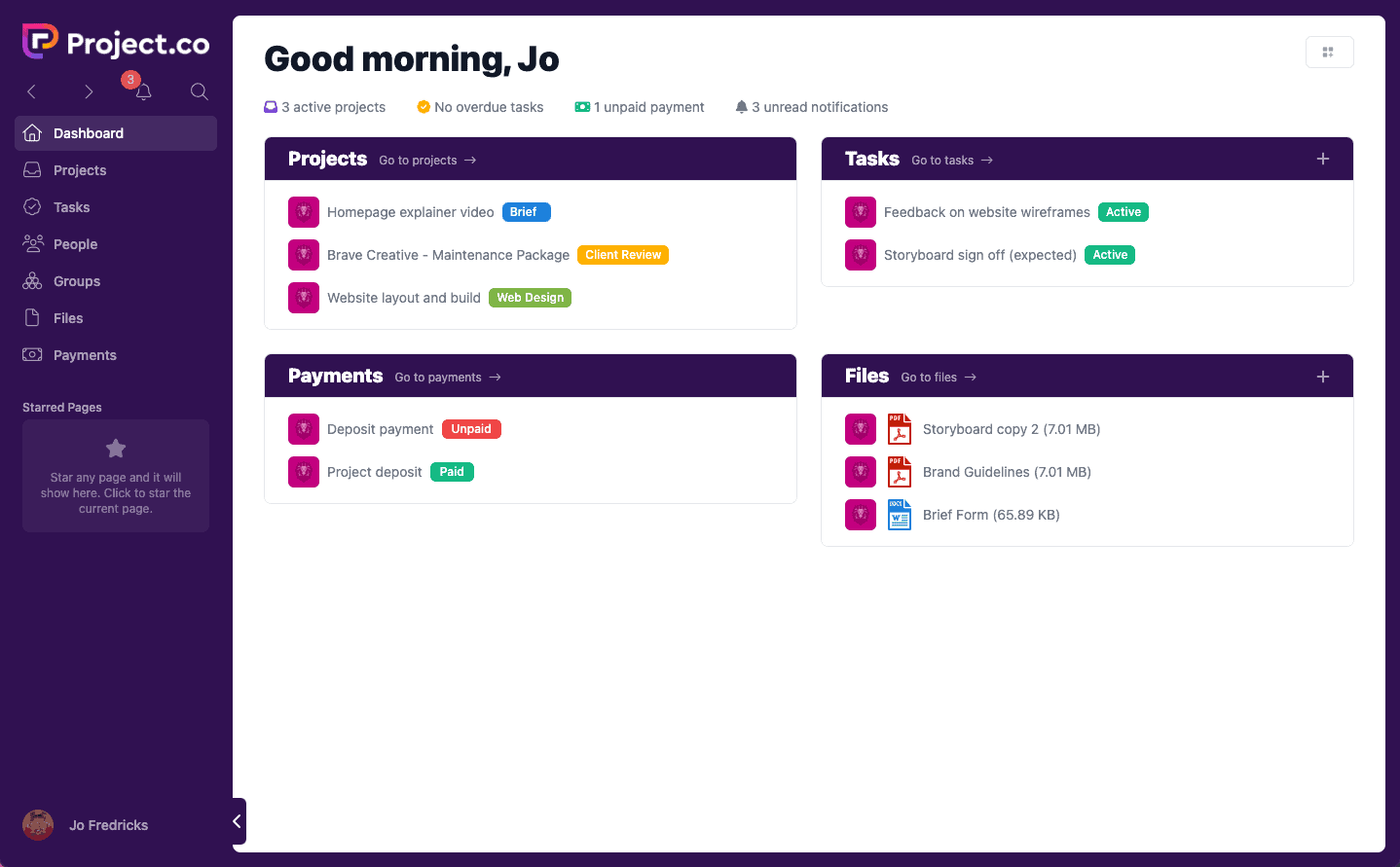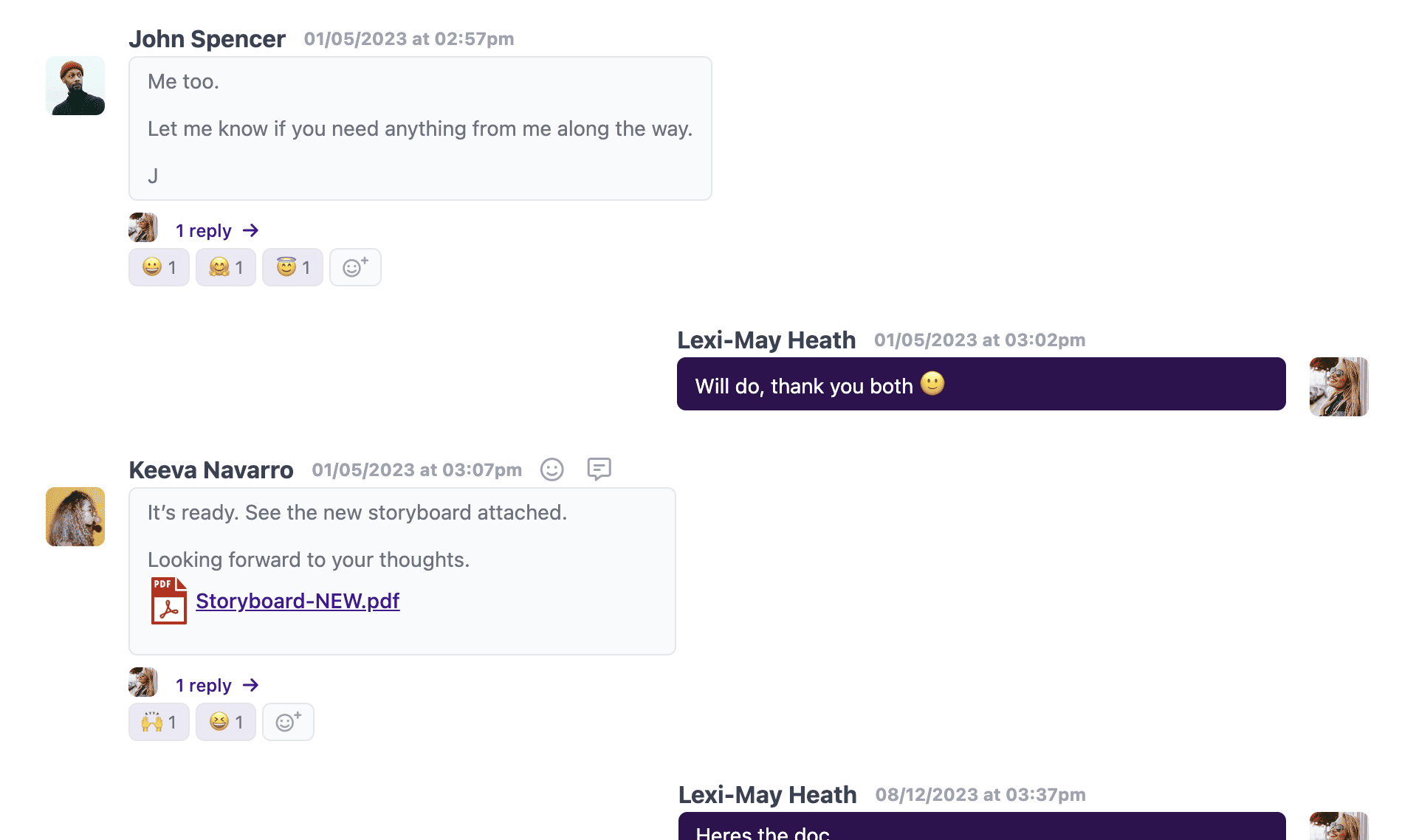You probably wouldn’t expect an article about team alignment to begin with a reference to a surrealist drawing game – but bear with us.
The party game ‘Exquisite corpse’ offers a near perfect metaphor for what happens when teams aren’t properly aligned.
In the game, a piece of paper is folded three or four times, and participants then pass the paper round, ‘blindly’ drawing different parts of a character – the head, body, legs and feet – without reference to the parts already created.
The resulting creations are generally messy, wacky and hilarious. But they certainly don’t tend to be cohesive or artistically impressive.

By Alan Levine from Mortlach, Canada – Exquisite Corpse Art, CC BY 2.0
Now imagine instead of drawing a character, we’re focusing on a typical business project: something much larger, involving many people and facets – a new product, a video project, a new website, or a rebrand.
In exactly the same way, without being properly aligned to a goal, a vision, and in tune with each other’s work, these projects would clearly be MUCH less likely to produce quality outputs and outcomes – and much more likely to fail – if participants were similarly disconnected and misaligned.
The alternative? Team alignment.
In this article we’ll take a look at what team alignment is, why it’s important – and cover a few ways to achieve it in your business or team. Let’s jump in!
What is team alignment?
Team alignment means that everyone in the team is working together towards a common goal.
It’s about making sure that everyone knows what the goals are, and that they understand how their individual work fits into achieving those goals.
It’s also about ensuring that everyone has the same understanding of the project – which can be difficult when you have team members with different levels of experience, or who are based in different parts of the world.
Why is team alignment so important?
There are lots of reasons why having an aligned team is important – but ultimately it comes down to two things: quality and efficiency.
As we proved with our ‘exquisite corpse’ example, an aligned team will produce better results than a team that isn’t. With a clear, cohesive vision, it’s much more likely that people’s work will line up and serve the same overall goal.
Aligned teams are able to work together more effectively, and avoid the problems that can come from miscommunication or misunderstanding – such as duplicated work.
Everyone understands how their time is best used to serve the goals of the project.
In short: an aligned team is a happier, more productive team – and more successful projects.
7 ways to achieve team alignment
So how do you achieve team alignment? Here are a few suggestions…
1. Clear project scope
It’s a struggle to get anywhere without setting a destination – and it’s the same with a project.
It’s really important to get started by defining your project ‘scope.’ This is a bit of a project management buzzword but it just means setting the ‘boundaries’ of your project: what it is, and what it isn’t.
It’s deciding what you’re making, who’s making it and roughly how.
Defining the goals of the project early on – and making sure everyone understands them – is an important first step in getting everybody on the same page.
However you manage your project – whether it’s through a project management tool or something less sophisticated like a physical whiteboard – make sure the project scope is clearly defined and understood from the very outset.
2. Assign clear roles – and rules
Next you need to make sure everyone knows their individual roles, and how they fit into the team.
This sounds glib and simplistic but really, what we want here is for everyone to know, in basic terms, how everyone else is contributing to the project. So it’s a pretty big undertaking!
Get everyone on the same page understanding their own contributions, the contributions of other people and teams, and how these things can interact.
3. Central source of truth: kill the silos!
Most businesses find planning a project pretty easy.
It’s when things get started that they lose control.
Why? Because people are unique, and – left to their own devices – will cobble together their own individual ways of working.
In some cases, that’s fine, but what about when those individual ways of working don’t line up?
When things get agreed by email and aren’t visible to the wider team?
When people scribble tasks on a paper list and others in their team pick up the same tasks to work on?
Projects – particularly big ones, and particularly ones involving distributed or remote teams – rely on having a central source of truth.
One single document, one single place to communicate, one single place to share important project information. There’s no getting around it, the best way to do this is by using a project management tool like Project.co that lets you invite your team, chat in one place, share files, manage tasks and track time.

4. Communication, communication, communication
For all your best laid plans, things will change along the way. Challenges will arise and questions will pop up.
It’s vitally important to encourage open communication, and make sure everyone feels able to raise concerns or ask questions.
As an extension to the point above, it’s also important to make sure that changes and information are communicated in a way that everybody can access and understand.
For example, in Project.co we keep a timestamped log of all discussion on a project for everybody who’s been invited – internal, client or freelancer – to read back over what’s been discussed and agreed.

Each new message creates an email alert to the inbox of everybody involved in the project, as well.
5. Provide the necessary files and materials
There’s nothing more annoying than coming to do a job and realising you don’t have the information, tools or material needed to actually complete the task.
This will look different for you depending on the ‘type’ of project, but, on a general level, process really is your friend here.
For example, if you were running a branding agency, you might ask every client to complete a brief form at the beginning of your project. You could then save that in a well-organised client folder to be picked up by the person working on the project in its earliest stages.
6. Schedule regular progress checks
We’ve already touched on ad-hoc communication and making this possible: it’s really important to make sure people are able to chat and communicate about projects, ask questions and clarify details as and when confusion occurs.
But it’s important to go beyond this, too, particularly for project managers who have a broader, less focused view of the project.
How frequent these checks are is ultimately at your discretion but whether it’s daily stand-up meets, weekly check-ins on Zoom, monthly face-to-face catch-ups or something even more sporadic than that, these meetings are a great way to flag up issues early and get them resolved quickly.
7. Build a winning team culture
The final point here is perhaps the most important.
It’s easy to forget this when you’re focused purely on running successful projects – but does any of it really matter if your team isn’t really a team?
To go ‘full cheese mode’ a team is about working together, enjoying each other’s company, celebrating each other’s successes and ultimately enriching and nourishing each other’s professional lives.
So perhaps the most important part of team alignment is getting your team culture right.
Again, we’re not being too prescriptive here, it will look different from team to team, and it’s super important that it feels organic and fun rather than forced and cringey.
But make time, and space, to review projects, celebrate successes together – and learn from failures as a team.
Thanks for reading
Clearly, there’s no one-size-fits-all solution to team alignment – but by following the spirit of these suggestions, you should be well on your way to achieving it in your business!
We hope this article has helped you to understand more about team alignment, and how it can benefit your business.
And while you’re here, it’d be remiss of us not to point you one last time in the direction of Project.co: our tool was built from the ground up to make sure teams are aligned, productive and happy – avoiding disruption, wasted work and time.




